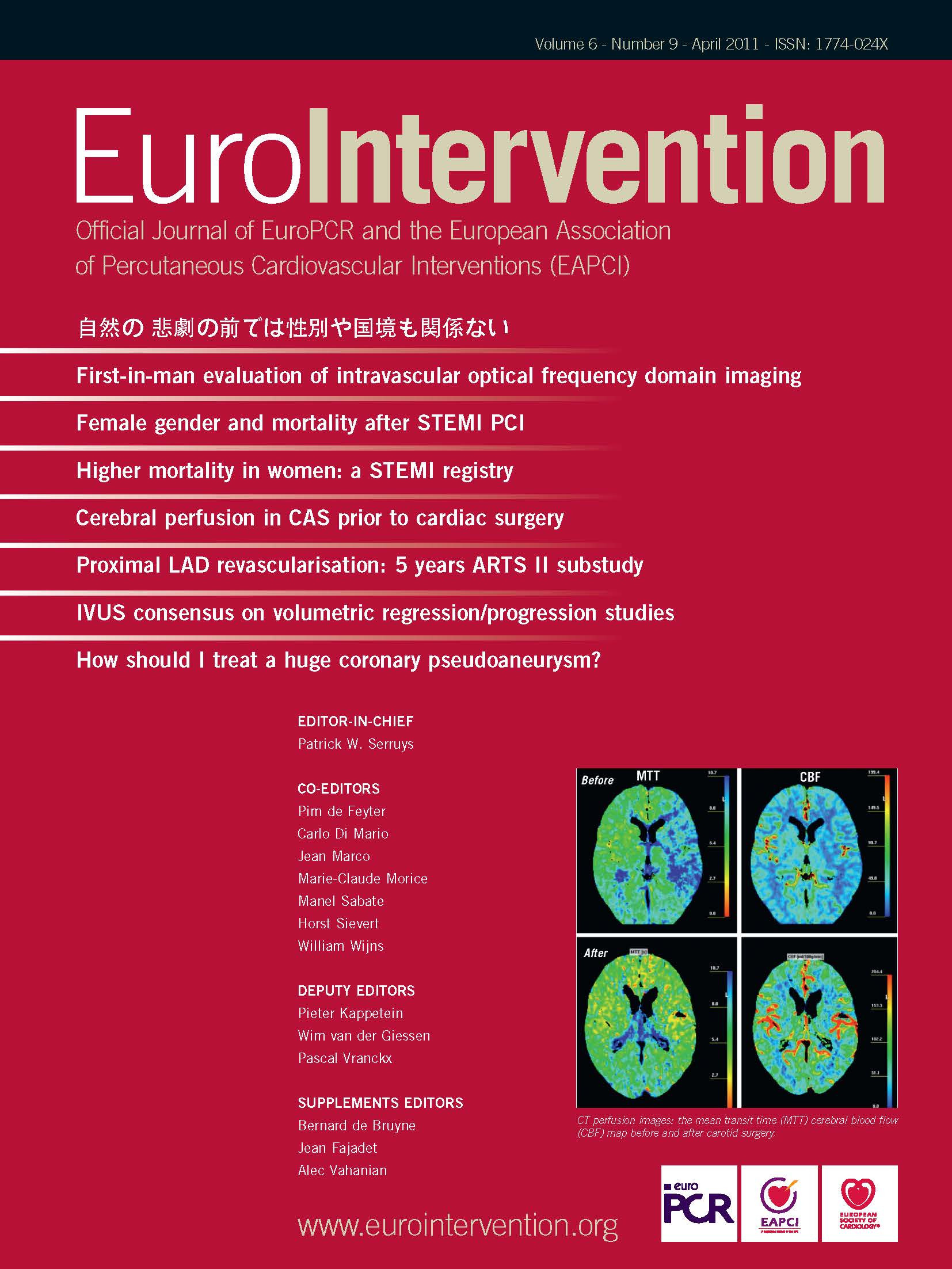The first human aortic valve stent implantation was reported by Cribier and colleagues in December 2002, ten years after Anderson and colleagues demonstrated the feasibility of the aortic valve stent implantation in a swine model. It may well be that the first aortic valve stent device to obtain FDA approval for use in selected patients will be right on the mark of a decade from the first-in-human implantation. While many challenges still remain to be solved by newer generation aortic valve stents to extend its clinical application, these challenges are far less complex than the ones faced by mitral valve stent implantation. As a matter of fact, aortic valve stent implantation has more to do with endovascular stent graft placement than with intracardiac valve stent implantation. While this latter field is in its infancy, with only animal feasibility and short-term survival studies being reported, the field of intracardiac valve repair is far more advanced with dozens of devices having past the first-in-human stage of investigation. Then one may wonder why do we need a transcatheter mitral or tricuspid valve replacement option? The answer becomes quickly apparent from the challenges encountered by the different transcatheter valve repair techniques – the multitude of heart structures involved and the complexity of pathologies affecting the mitral valve cannot be addressed by one, two or even more transcatheter repair techniques combined. While surgical replacement of the mitral valve has inferior results than surgical repair for most degenerative causes, surgical treatment for ischaemic mitral valve regurgitation is still controversial. Moreover, surgical techniques for mitral valve replacement have evolved because of the adverse left ventricular remodelling seen with complete excision of the native mitral valve1,2. Therefore, transcatheter mitral valve stent implantation has the potential to be as successful as surgical mitral valve replacement and will address the needs of patients who are too sick to undergo a surgical repair. We have recently reported the longest animal survival after mitral valve stent implantation with a valve stent tethered to the left ventricular myocardium3. Here are a few of the challenges that need to be addressed by an ideal mitral valve stent are:
1. Complex multi-element designed device to be deployed across an asymmetric and multiplanar annulus.
2. Stable anchorage of the device with no unwanted displacement or migration while enduring continuous cyclical movements of the mitral annulus and the base of the left ventricle.
3. Durability of the materials the valve stent is made of in order to withstand loads generated by the movements mentioned above, as well as the pressure gradients between the two heart chambers the valve stent spans.
4. The lack of paravalvular regurgitation, less well tolerated than in any other heart valve position due to the higher pressure gradients across the valve.
All things considered, can we then predict the timing of a first-in-human successful implantation of a mitral valve stent by analogy with aortic valve stent implantation? Will it take a decade after the recent successful first in animal implantation? Will it be sooner? There is considerable more interest, especially from cardiac surgery groups, in venturing past the intracardiac valve stenting frontier than ever before, but there are so many big challenges still to overcome.

